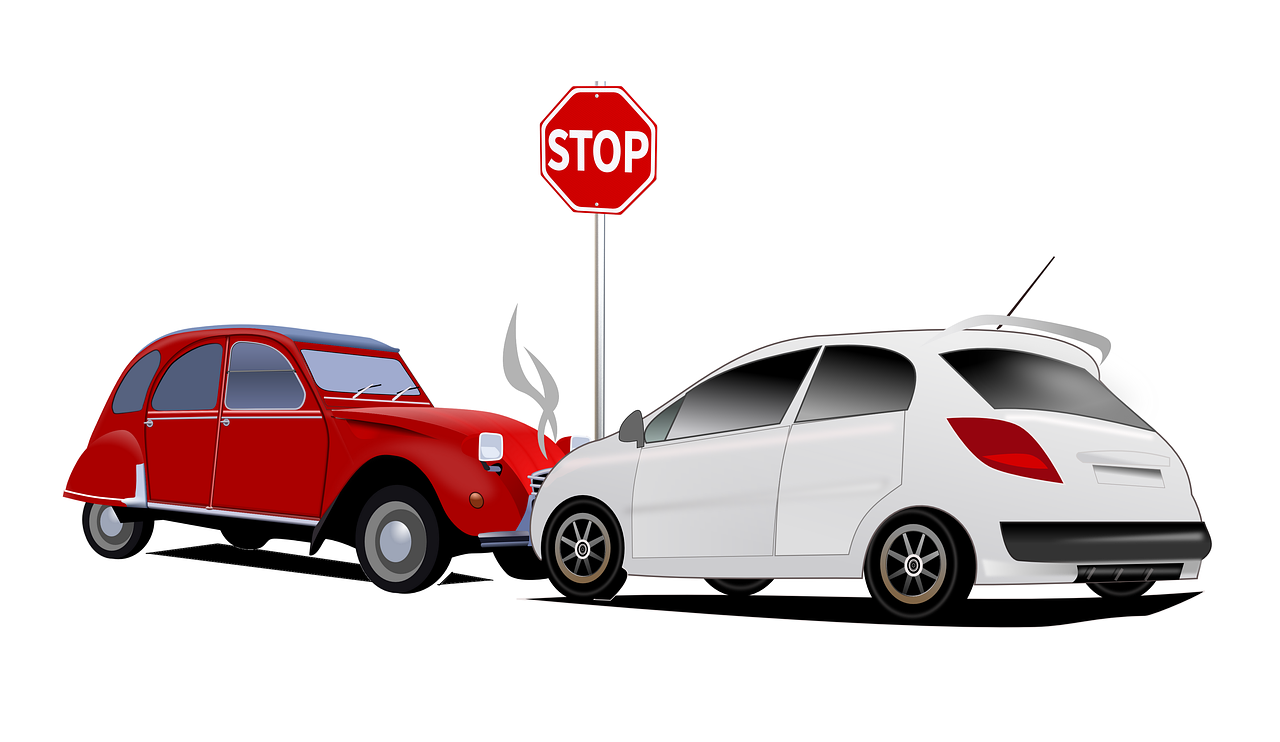Fleet Drivers: What to Do After an Accident

Accidents happen. No matter the skill of the driver, or the level of training, occasionally accidents are unavoidable. And that’s when it’s important for fleet drivers to know how to handle the situation.
Get tips below on what fleet drivers should do after an accident.
- Stay at the Scene: First and foremost, if a driver is involved in any type of accident, no matter how minor, he or she must stop and address the situation. A driver should never leave the scene of an accident, even if he or she thinks it was too minor to cause any damage. Secondly, the driver should leave the vehicle in the exact position where the accident occurred – unless it is blocking traffic. If the vehicle is in a position that could potentially put other drivers at risk, then -- if possible -- the vehicle should be moved out of the way. If the vehicle is moved, take photos of the original location for the accident reports.
- Call Medics (if Necessary): If the drivers or passengers in any vehicle are injured, medical personnel should be called immediately to the scene. Drivers should record the names of the medics, and also note any injuries sustained to the passengers or drivers.
- Call Police: Drivers should always call the police after an accident – even if no one was hurt. They should provide the following information to the authorities: vehicle registration, insurance information and policy number.
- Don’t Admit Fault: It’s important for drivers to not admit fault to the police or the driver of the other vehicle. An investigation will determine how the accident was caused. Admitting fault – or even apologizing – could be used against the driver.
- Call the Company: After the authorities are notified and all drivers and passengers are out of immediate danger, drivers should call their place of work to notify them of the accident. Company personnel may offer additional instructions for how the driver should proceed and what information to gather from the scene.
- Exchange Information: The drivers of all vehicles involved in the accident should exchange necessary information. This includes: insurance information (company and policy number), names, addresses and phone numbers. Drivers should also get contact information for any passengers in the vehicles.
- Get Information from Witnesses: If there are any witnesses to the accident, drivers should ask the bystanders for the following information: name, address and phone number.
- Record Vehicle Information: Drivers should document specific information on all vehicles involved with the accident. This includes: color, year, make, model, vehicle identification number and license plate numbers.
- Note Information from the Scene: It’s important to document all details from the scene of the accident. The date, time, location, lane markers, speed limits and traffic control signs should all be noted. Drivers should also record who was driving each vehicle involved in the accident, and where any passengers were sitting in the vehicles.
- Take Photos: Drivers should take photos of the scene of the accident, any damage sustained by the vehicles, and any other details that might be needed later.
To find out how RTA Fleet Management Software can help your fleet operation manage important reports and documents, contact us today to schedule a free demo.
